
Greetings!
My name is Nizar Mamdani. I was born in a small town in Tanzania, East Africa, and received my education in both Tanzania and Japan. Together with my wife, Dr. Marsha Mamdani (Ph.D.), we founded First Sight Eyeglasses, Inc., a 501(c)(3) organization dedicated to transforming global vision care by providing affordable and accessible eyeglasses in under ten minutes. To date, tens of thousands of First Sight’s high-quality eyeglasses have been distributed across 31 countries.
We believe that your commitment, along with that of the EDC organization, to improving lives aligns seamlessly with our mission. By integrating First Sight eyeglasses into your programs, we can significantly enhance educational outcomes and overall quality of life for those affected by vision problems.
First Sight is a groundbreaking initiative aimed at addressing one of the most common yet overlooked challenges in developing regions: vision impairment among schoolchildren and adults. Our solution is uniquely designed to meet the needs of individuals in resource-limited areas.
Clinically tested by a major medical center, First Sight eyeglasses exemplify simplicity and efficiency. Here’s what makes them ideal for your programs:
Thank you for considering this opportunity to profoundly impact the life of a child or an adult by providing a Gift of Sight. We look forward to collaborating for a brighter, clearer future.
Thank you for your enthusiastic participation!



Near Sight Correction Lenses:
Far Sight Correction Lenses:

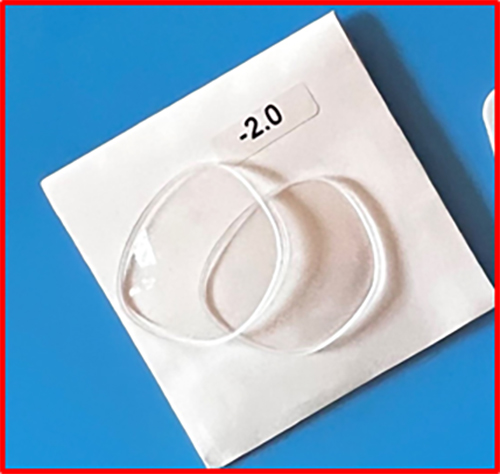
Pre-Screening Setup Process:
Setup for Visual Screening with Tumbling E’s Eye Charts
Once set up, you’re ready to conduct the visual screenings using the Tumbling E’s Eye Charts
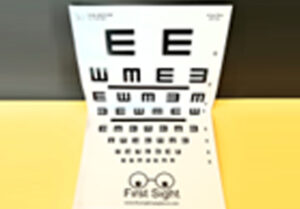
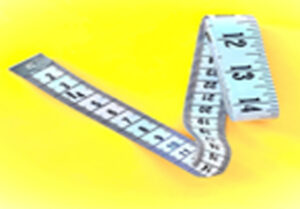
Using the provided tape measure, mark 20 feet (6 meters) from the wall. The charts should be in well-lit areas (including natural lighting).






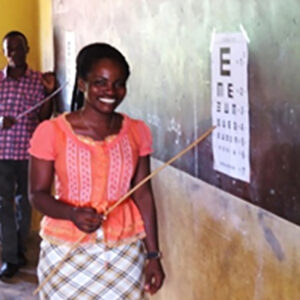
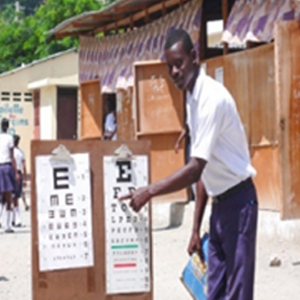
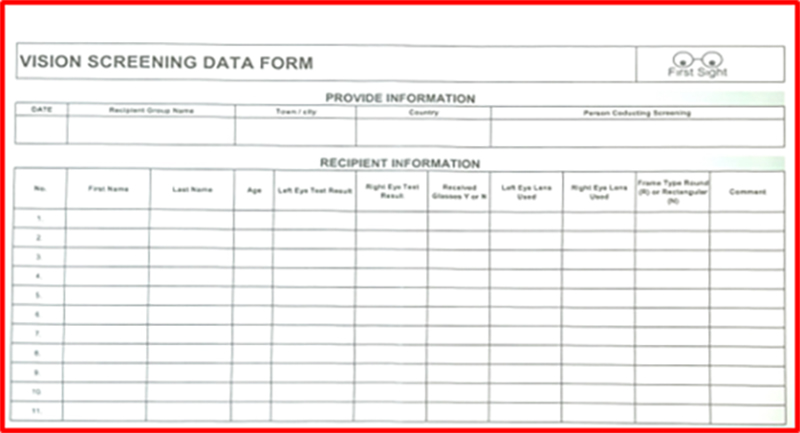
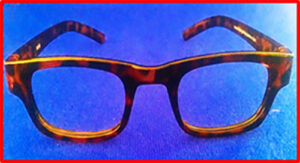
Ensure correct placement of lenses in Left and Right sides.
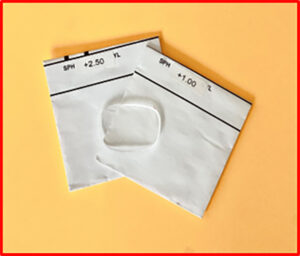





Screening Process


If they cannot read to the bottom, move them to the next identical screening station, using a lens tree.

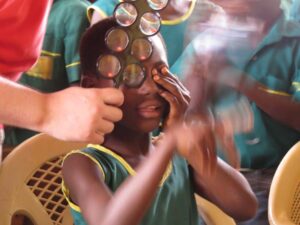


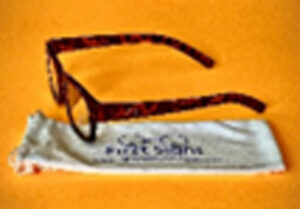

Ensure correct placement of lenses in Left and Right sides.



Common Issues and Solutions
Aftercare and Follow-Up
Conclusion
Thank you for participating in the First Sight screening process! Your efforts help provide essential vision care. Remember to send completed Data Forms to [email protected] and maintain a clean and organized screening environment.
Contact Information
For any questions or additional support, please contact:
Email: [email protected]
Troubleshooting Common Issues
Additional Resources
Final Thoughts
Your participation in the First Sight program plays a crucial role in enhancing vision care for those in need. By following these instructions and utilizing the resources provided, you can ensure that each recipient receives the best possible care.
Thank You!
Thank you for your commitment and dedication to improving vision health. Together, we are making a difference!

Tips For New Recipients of FIRST SIGHT Eyeglasses
Caring For Your New Eyeglasses
Please also visit firstsight.org for Donations

First Sight is driven by a heartfelt mission: to bring clear vision to the remote and underserved, especially young learners in developing countries. With our unique kits, we turn blurred worlds into realms of opportunity, promise, and hope.
“Gift the magic of clear vision and transform a life forever with your generosity.”